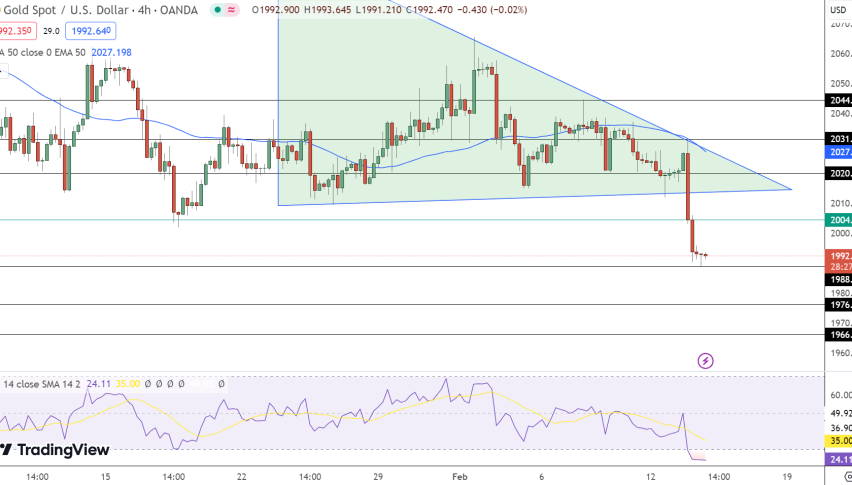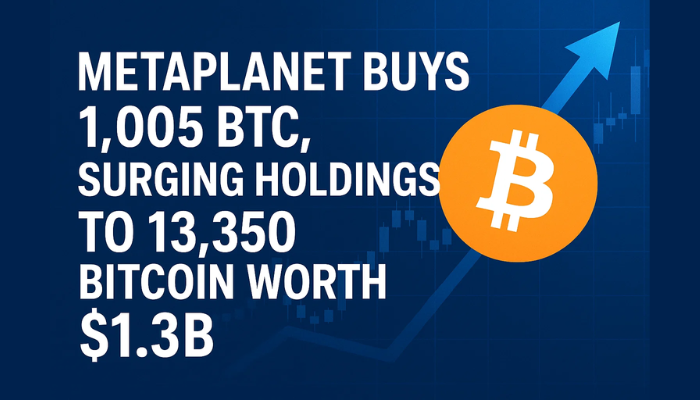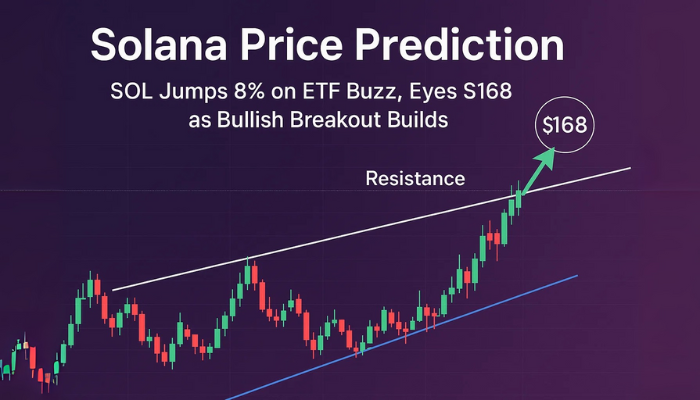Gold Price Faces Headwinds Below $2,000 Amid Fed’s Rate Strategy and Stronger US CPI
As Gold (XAU/USD) navigates through a bearish consolidation phase under the significant $2,000 threshold, it finds itself grappling


As Gold (XAU/USD) navigates through a bearish consolidation phase under the significant $2,000 threshold, it finds itself grappling with a two-month low. This downward trend is largely influenced by the market’s anticipation that the Federal Reserve will sustain elevated interest rates due to the robustness of the US economy and persistent inflation concerns.
Impact of US Inflation Data on Gold
Recent US inflation figures have played a pivotal role in shaping expectations. The release of the US inflation report, indicating a stronger-than-anticipated persistence of inflation, has reinforced the case for higher US Treasury bond yields, thereby exerting pressure on Gold, which does not yield interest.
Specifically, the headline US CPI increased by 0.3% in January, with the year-over-year rate cooling to 3.1% from December’s 3.4%, surpassing market forecasts.
Similarly, the Core CPI, which omits the volatile food and energy sectors, echoed this trend by aligning with the previous month’s rise of 3.9%.
Federal Reserve’s Stance and Gold’s Trajectory
This backdrop of solid US macroeconomic data coupled with unyielding consumer price inflation leaves the Federal Reserve with scant incentive to hasten interest rate cuts.
According to the CME Group’s FedWatch Tool, the probability of a rate reduction in April hovers slightly above 35%, with expectations tilting towards no cuts until at least the June policy meeting.
This scenario has propelled the yield on the benchmark 10-year US government bond to its peak since December 1, bolstering the US Dollar’s position.
Gold Price Forecast
On February 14, GOLD hovered at $1992.855, showing negligible change within the last 24 hours. The precious metal currently trades below its pivot point of $2004.468, indicating a bearish outlook.
Resistance levels are set at $2020.041, $2031.460, and $2044.437, which Gold needs to surpass to shift momentum. Support is found at $1988.896, followed by $1976.179 and $1966.166, providing crucial buffers against further declines.

Gold XAU Live Chart
- Check out our free forex signals
- Follow the top economic events on FX Leaders economic calendar
- Trade better, discover more Forex Trading Strategies
- Open a FREE Trading Account


